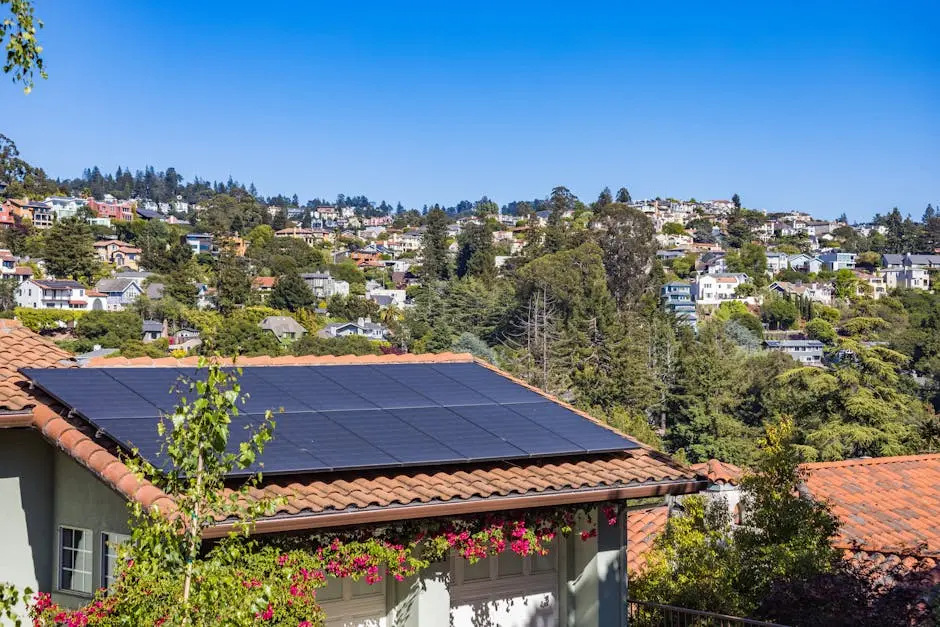In today’s world, energy efficiency is more important than ever. With rising energy costs and environmental concerns, many homeowners are looking for ways to make their homes more sustainable. One option that has gained popularity is Trane systems. But how exactly can these systems help improve your home’s energy efficiency? Let’s explore some key points.
Understand What Trane Systems Offer
Trane systems are known for their reliability and advanced technology. They offer a range of HVAC products, including air conditioners, heat pumps, and furnaces, all designed to maximize efficiency and reduce energy consumption. With a reputation for durability, Trane systems ensure your home remains comfortable while being energy-smart.
One of the standout features of Trane systems is their commitment to innovation. By integrating cutting-edge technology into their products, Trane has been able to consistently improve the energy efficiency of their systems. For example, their variable speed motors adjust the speed based on the heating or cooling demands of your home, leading to less energy waste and lower utility bills.
Additionally, Trane systems are crafted with high-quality materials that help in minimizing energy loss. With tight seals and advanced insulation techniques, these systems ensure that air leakage is kept to a minimum, which is crucial for maintaining an energy-efficient home environment.
Choose Energy-Efficient HVAC Solutions
Trane offers a variety of energy-efficient HVAC solutions that can help lower your energy bills. Look for high SEER (Seasonal Energy Efficiency Ratio) rated systems to ensure you’re getting the most efficient model for your home.
An important aspect of understanding the energy efficiency of a Trane system is recognizing the impact of the Seasonal Energy Efficiency Ratio, or SEER. A higher SEER rating indicates a more energy-efficient system, which not only helps in reducing energy bills but also contributes to a smaller carbon footprint. By choosing a Trane system with a high SEER rating, you are investing in long-term savings and sustainability.
Besides SEER, Trane systems also highlight the importance of EER (Energy Efficiency Ratio) and HSPF (Heating Seasonal Performance Factor) ratings. While SEER is predominantly about cooling efficiency, the EER rating provides a snapshot of efficiency under specific temperature conditions, and HSPF is relevant for heat pumps. These comprehensive ratings allow homeowners to choose systems that are tailored to specific environmental demands and usage patterns.
Incorporate Smart Thermostats
Using Trane’s smart thermostats can enhance your system’s efficiency. These thermostats allow you to control your home’s temperature remotely, learn your habits, and adjust settings to optimize performance and save energy. This feature can be particularly useful for busy households or frequent travelers.
Another exciting aspect of smart thermostats is their ability to learn and adapt to your daily routines. Imagine having a system that knows when you leave for work and when you come home, automatically adjusting temperatures to suit your preferences while maximizing energy savings. This level of automation not only provides convenience but also leads to significant monthly savings on energy bills.
Moreover, these smart thermostats also come equipped with energy reports and usage insights. By analyzing this data, homeowners can further refine their energy-saving strategies, making incremental changes that contribute to overall system efficiency.
Consider System Design and Installation
The design and installation of your Trane system can greatly affect its efficiency. It’s important to work with certified professionals who can properly size and install your system to match your home’s specific needs. Proper installation ensures that the system operates as intended and that all components work in harmony.
Customizing your system’s design to cater to unique household requirements can significantly impact energy efficiency. Factors such as the size and layout of your home, local climate, and specific heating and cooling requirements should be considered to optimize system performance. Professional installation teams can help determine the best configuration for your needs.
After installation, it is crucial to fine-tune settings and parameters to ensure peak efficiency. Regular assessments post-installation can help identify any discrepancies and rectify them swiftly, preventing potential energy waste.
Regular Maintenance is Key
To maintain your system’s efficiency, regular maintenance is essential. Schedule annual check-ups with Trane-certified technicians to ensure your system is running at peak performance. Routine maintenance helps identify minor issues before they become costlier repairs.
Part of regular maintenance includes cleaning or replacing air filters every few months. Clean filters ensure that the system doesn’t have to work harder than necessary, which can save energy and extend the lifespan of the unit.
Beyond just technical checks, keeping the outdoor unit clean and free from debris can also promote system efficiency. Ensuring that vents and ducts are unobstructed encourages better air flow, reducing the energy needed to pump air throughout the home.
Conclusion: Making a Greener Choice with Trane
Upgrading to Trane systems can significantly enhance your home’s energy efficiency, providing both environmental and financial benefits. By opting for advanced HVAC technology, smart thermostats, and efficient design, you can achieve a comfortable, eco-friendly living space that’s easy on your wallet.










